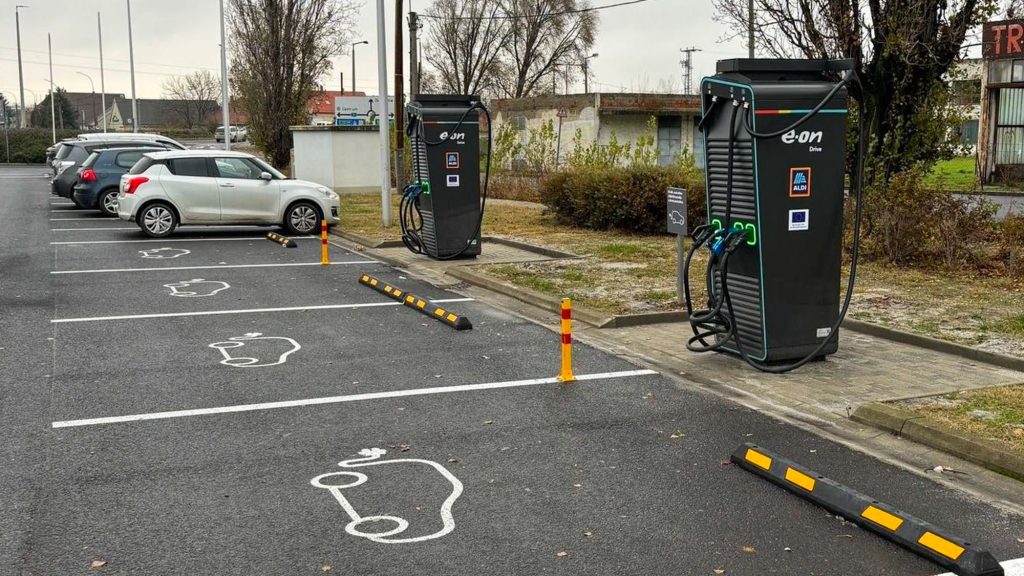There is no doubt that the future belongs to electric cars, but in addition to the many advantages, today we can also list the disadvantages that make the decision difficult. But the good news is that technology and infrastructure are developing rapidly, and it is already possible to gain personal experience in the daily life of electric cars without requiring large investments.
Electric cars operate quietly and do not emit pollutants while driving, which significantly reduces noise and air pollution in our settlements. Depending on the energy production used, zero CO2 emissions can be achieved in their case.
It’s fast and quiet, but there are difficulties
Of course, we can’t expect anyone to act as a selfless climate champion, so let’s look at electric cars from an individual perspective. As for the driving experience, the torque of the electric motor ensures excellent acceleration, and the transmission is automatic, so that the driver can monitor the road 100 percent, and does not have to rely on slow and stuttering starts.
The body doesn’t shake from fuel explosions, and there’s no constant monotonous engine noise. From the financial side, the probability of failure is lower, and maintenance and “fuel” costs are more modest. In addition, you don’t even have to go to the gas station, you can charge the batteries at home.
Today, electric cars do not reach the same range on a single charge as a car equipped with an internal combustion engine on a full tank, and compared to the current network of gas stations, the coverage of electric chargers is very patchy. In addition, while traditional refueling takes 5 to 10 minutes, electric charging takes several times that.
However, these difficulties can be addressed, as performance is constantly increasing and infrastructure is built. Charging stations are also multiplying in Hungary, and more and more so-called superchargers are already being installed in our country: with them you can even charge the batteries of high-performance electric cars during a single shopping trip.
While you’re resting, the car is charging
Of course, charging at home is the most convenient, as while the owner is resting, the car receives the energy necessary to continue or for the next day. The problem is that if you simply “plug it in”, the process is very slow: using a 10A charger, the system will draw enough current for about 150 kilometers by morning. In addition, it is not without risks, as this load can damage the property’s electrical network in the long term.
If such a need arises, an investment is necessary: design a home charger made specifically for this purpose, custom-made, preferably with the involvement of a specialist. On the expense side, convenience, safety, and certainly lower home electricity costs compared to charging stations, are at the other end of the scale.
No trial share
Choosing a new car is undoubtedly a serious and expensive dilemma, and in every case countless factors must be taken into account. Even if it’s a “traditional” car, even when brand new technology is added to the mix.
Even the short-term future definitely points in the direction of electric motors, regulations are already favorable to them, and in the future we can expect more and more serious restrictions on the “other side”, i.e. polluting internal combustion engines. Obviously, only personal experience can be decisive, as a person can cast his vote on the basis of his individual wants, needs and lifestyle.
In such cases, rental services can be useful. You don’t need to buy the car, you don’t need to invest: during the rental period, you can actually get the personal experience without risks and experience the infrastructure associated with electric cars in practice.












































